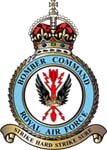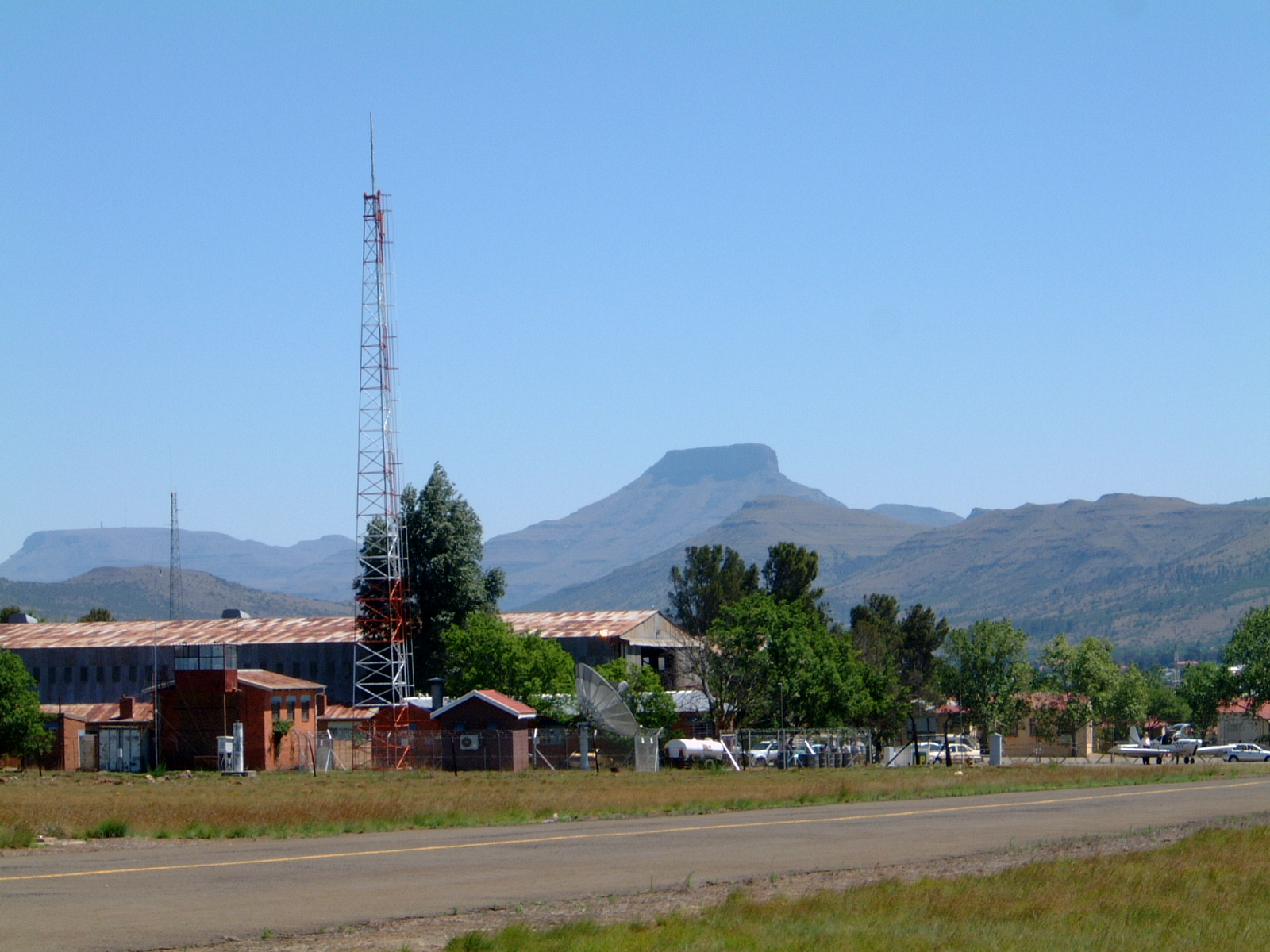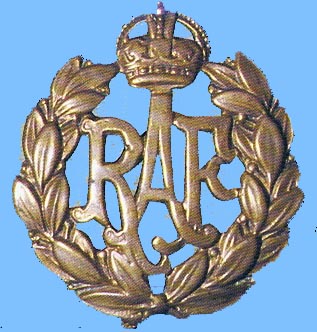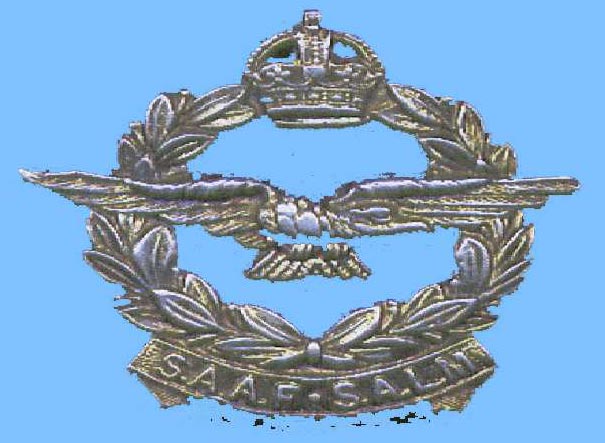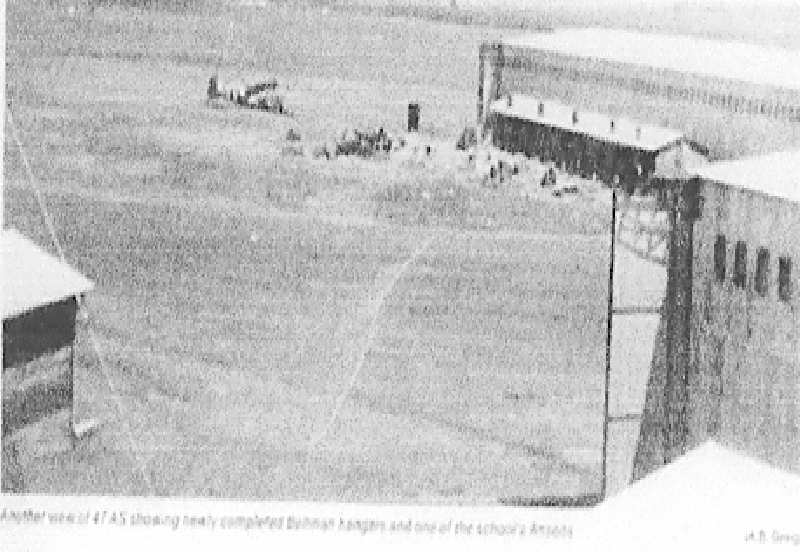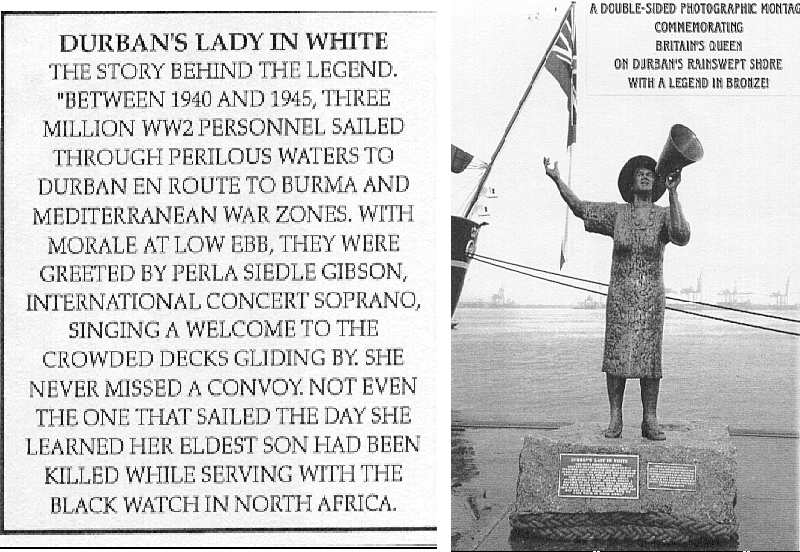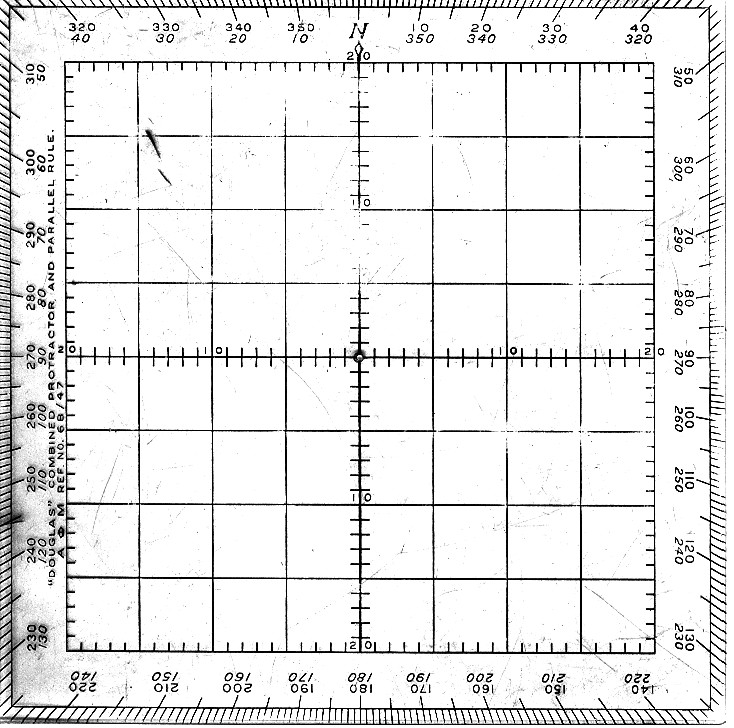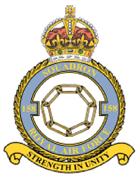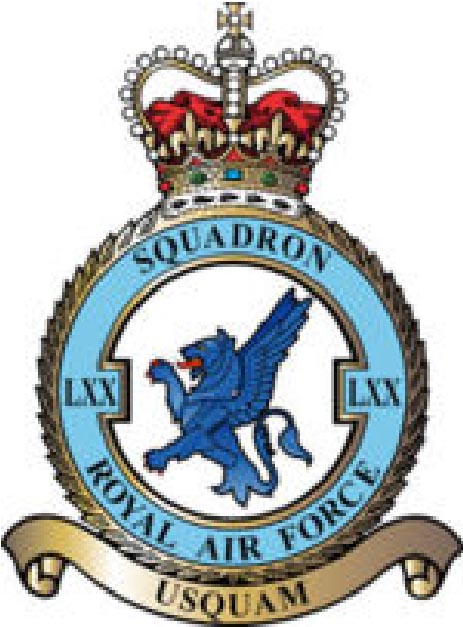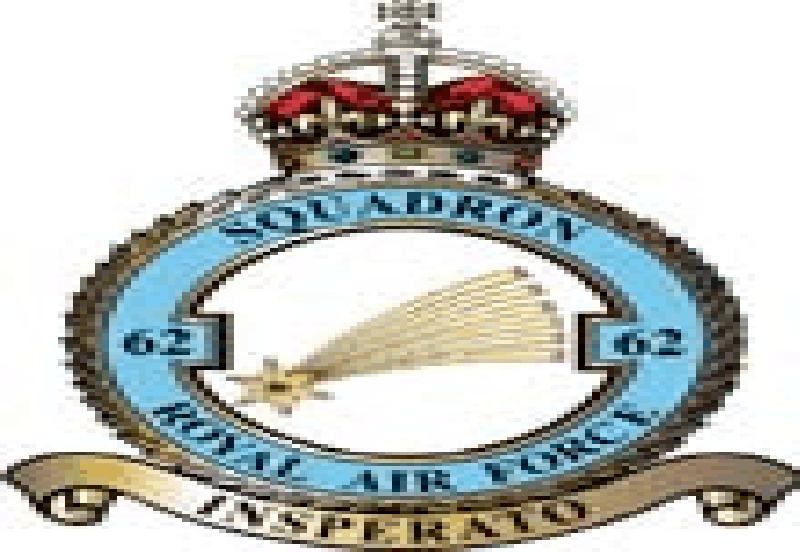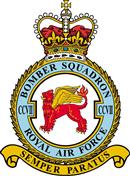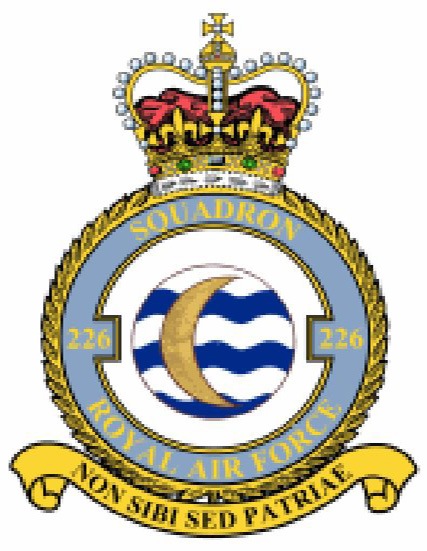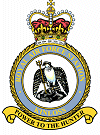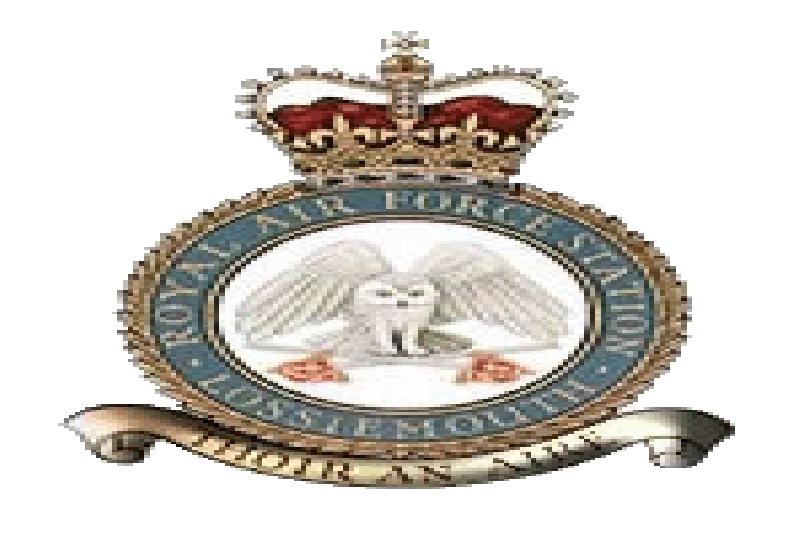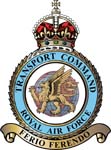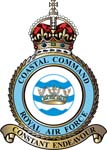





47 AIR NAVIGATION SCHOOL,
QUEENSTOWN, SOUTH AFRICA
We are a small but unique Association composed of ex-RAF and ex-SAAF personnel who were at some time during WWII, from 1940 to 1945, stationed at No. 47 Air Navigation School, Queenstown, South Africa.
The Association was formed in 1994. in the UK by former Observers and Navigators who graduated at Queenstown. The Membership was later opened to Station Permanent Staff, including personnel at Aliwal North, the night flying satellite station.
A local land mark which we used as a pinpoint in air navigation is an unusually shaped mountain called 'Hangklip' (pronounced 'hongklip') and for this reason was incorporated into our title.
We hold reunions twice annually (as from 2009 once a year only)and to date we have held 34, including two in South Africa (in 1998 and 2005), where our Members enjoyed the hospitality of the RAFA and SAAFA in East London, Port Elizabeth and Cape Town. At Queenstown, Members of the local flying Club, appropriately named '47 Air School', gave our people flights in their private aircraft and provided much entertainment at the airfield and in their homes.
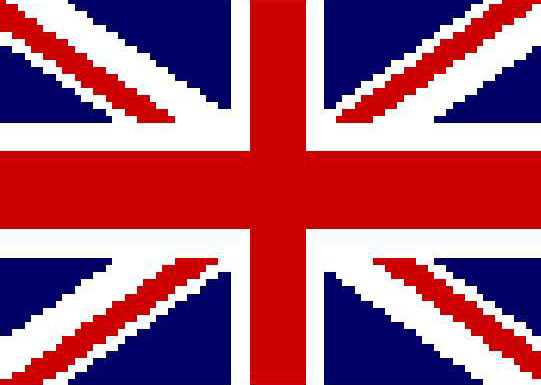
Our journey to South Africa would generally have been in a convoy similar to the photograph (left) and in all kinds of ships from properly equipped troopships to modified freighters. We would have been escorted by a number of Royal Navy warships and the time taken was usually about seven weeks.Although living conditions were very spartan and at times monotonous, there were some compensations. It is unlikely that any of us had experienced sea travel before and it was interesting when, particularly in the south Atlantic we frequently saw flying fish, dolphins, porpoises and occasionally whales.
For the majority of us our final destination was Durban, where on entering the harbour we were greeted by the marvellous and powerful singing of 'The Lady in White' (below - she was dressed from head to toe in white) as she was known by all personnel on ships arriving there. She would stand at the end of a quay and use a megaphone to help carry her songs to all the ships in the large harbour.

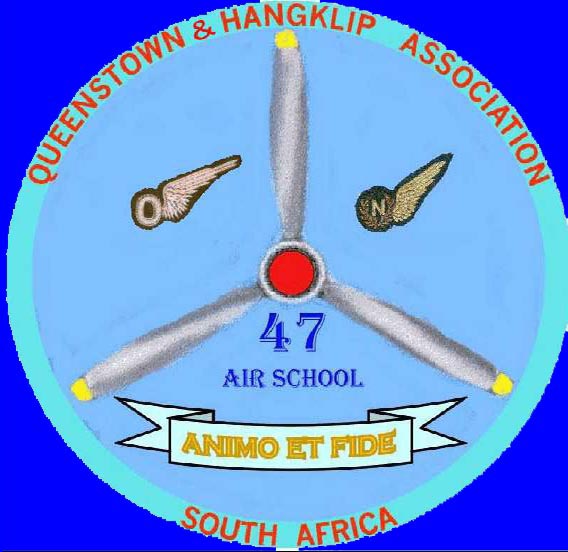
THE
QUEENSTOWN AND
HANGKLIP
ASSOCIATION
A photo taken by S/Ldr. A.B.Greig DSO, DFC, of a newly completed Bellman hangar and a solitary Anson

Most photos in this website can be enlarged with a click
BELOW ARE THE CRESTS OF COMMANDS AND SQUADRONS
IN WHICH OUR MEMBERS SUBSEQUENTLY SERVED
AND STATIONS AT WHICH THEY WERE BASED




5 Ferry Unit
Royal Air Force
MILLOM


The Dalton Computer
There is no doubt that every Navigator who trained during World War ll and maybe for some time afterwards will be familiar with the 'computer'. This was nothing like the PC with which we are all familiar today, but a hand held instrument used in the calculations of wind velocities ( vital for navigation), converting indicated air speeds to true air speeds and determining ground speeds to ascertain the progress towards the target or destination. The computer together with the Douglas protractor were probably the most important pieces of equipment; the Douglas was not like the semicircular protractors we had used at school but square giving a full 360º usage for plotting our routes on the chart.
SWANTON MORLEY



AQIR
GEORGE














MONA
TILSTOCK
STONEY CROSS
WYMESWOLD
MERRYFIELD
SYERSTON
BOMBAY
PALAM
LAHORE
OUSTON
PESHAWAR
CHARTER HALL
MONTE CAVINO

















KARACHI
VITRY-en-ARTOIS
GILZE-RIJEN
EPINOY
BUCKEBURG
BAIGACHI
LAKENHEATH
DUMFRIES
HIXON
WIGTON
LINDHOLME
BINBROOK
PERSHORE
CASTLE BROMWICH
SCAMPTON
SNAITH
LINTON-on-OUSE
FULL SUTTON
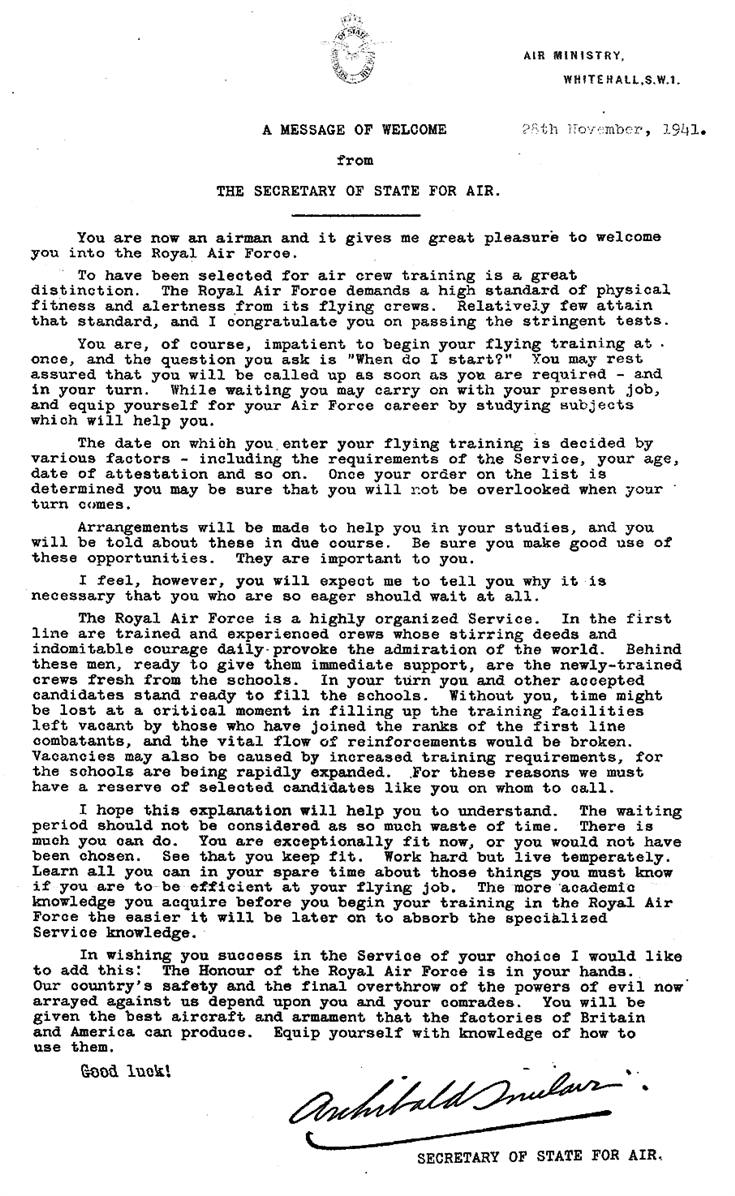
QUEENSTOWN AIRFIELD 2005









